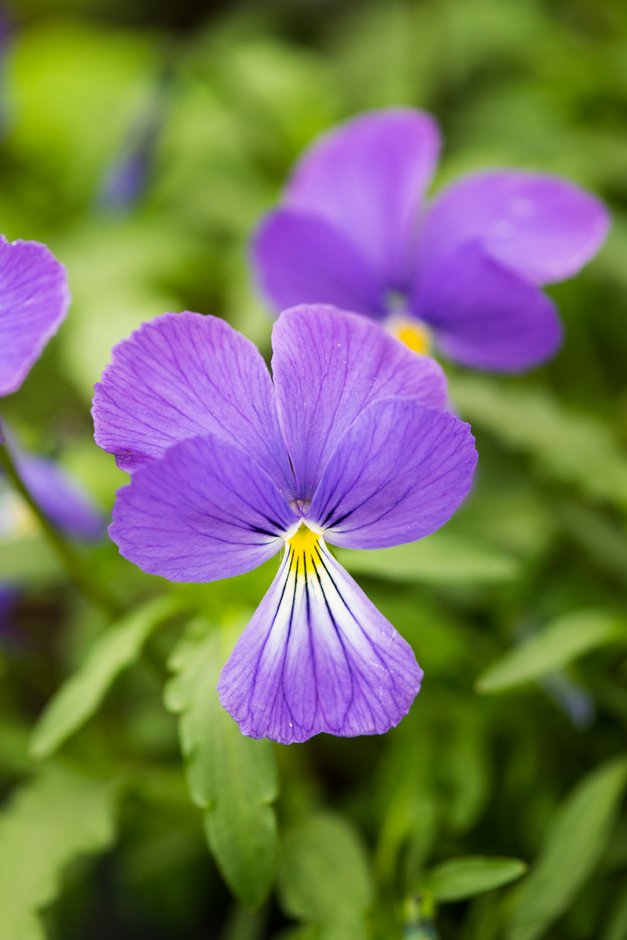Viola corsica
Corsican violet
a herbaceous perennial up to 20cm high with rather weak stems, green leaves, the lower ones rhombic or rounded and the upper ones oblong or linear, and flowers, 3.5cm long, whose petals do not overlap, and which are sometimes yellow, but usually violet-purple with darker rays and white and yellow centres, from spring to early summer in the wild, but in cultivation may be from spring to autumn
Size
Ultimate height
0.1–0.5 metresTime to ultimate height
2–5 yearsUltimate spread
0.1–0.5 metresGrowing conditions
Moisture
Moist but well–drained, Well–drainedpH
Acid, Alkaline, NeutralColour & scent
| Stem | Flower | Foliage | Fruit | |
| Spring | Purple | Green | ||
|---|---|---|---|---|
| Summer | Purple | Green | ||
| Autumn | Green | |||
| Winter |
Position
- Full sun
- Partial shade
Aspect
South–facing or East–facing or West–facing
Exposure
ShelteredDrought resistance
Yes Hardiness
H4Botanical details
- Family
- Violaceae
- Native to GB / Ireland
- No
- Foliage
- Deciduous
- Habit
- Clump forming
- Genus
Viola can be annuals, biennials or deciduous or evergreen perennials, with simple or pinnately lobed leaves and 5-petalled flowers of characteristic shape
- Name status
Unresolved
- Plant range
- Corsica, Sardinia
How to grow
Cultivation
Grow in well-drained soil in full sun or partial shade
Propagation
Propagate by seed, sown in containers in a cold frame as soon as ripe or in spring, or by division in spring or autumn, or by stem-tip softwood cuttings in spring or late summer; it will also self-seed
Suggested planting locations and garden types
- Coastal
- Mediterranean climate plants
- City and courtyard gardens
- Cottage and informal garden
- Rock garden
- Low Maintenance
- Flower borders and beds
- Underplanting of roses and shrubs
- Wall side borders
Pruning
No pruning required
Pests
May be susceptible to slugs, snails, aphids, glasshouse red spider mite, and violet gall midge
Diseases
May be susceptible to pansy leaf spot, pansy downy mildew, mosaic virus diseases, rust diseases, and powdery mildews
Get involved
The Royal Horticultural Society is the UK’s leading gardening charity. We aim to enrich everyone’s life through plants, and make the UK a greener and more beautiful place.
